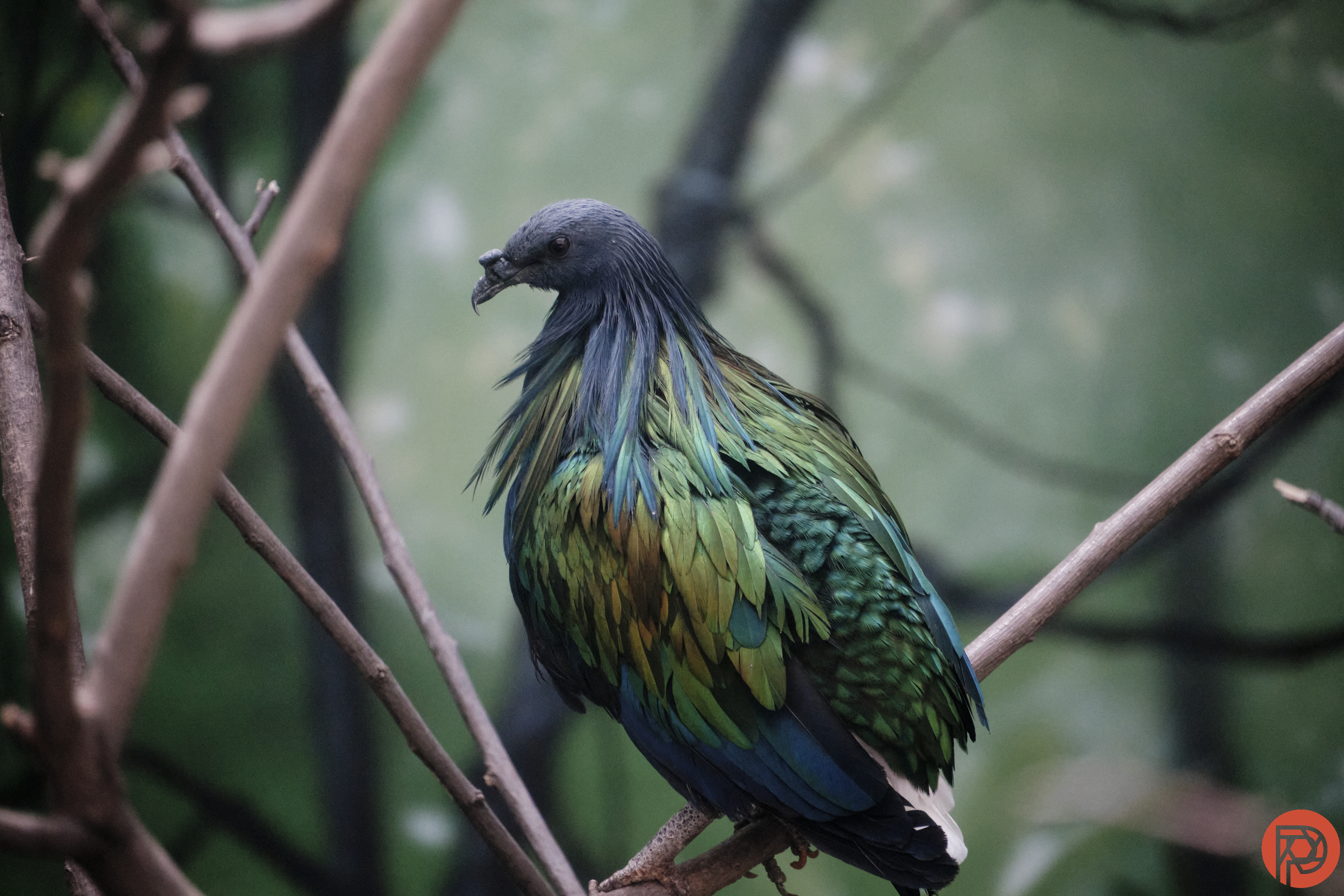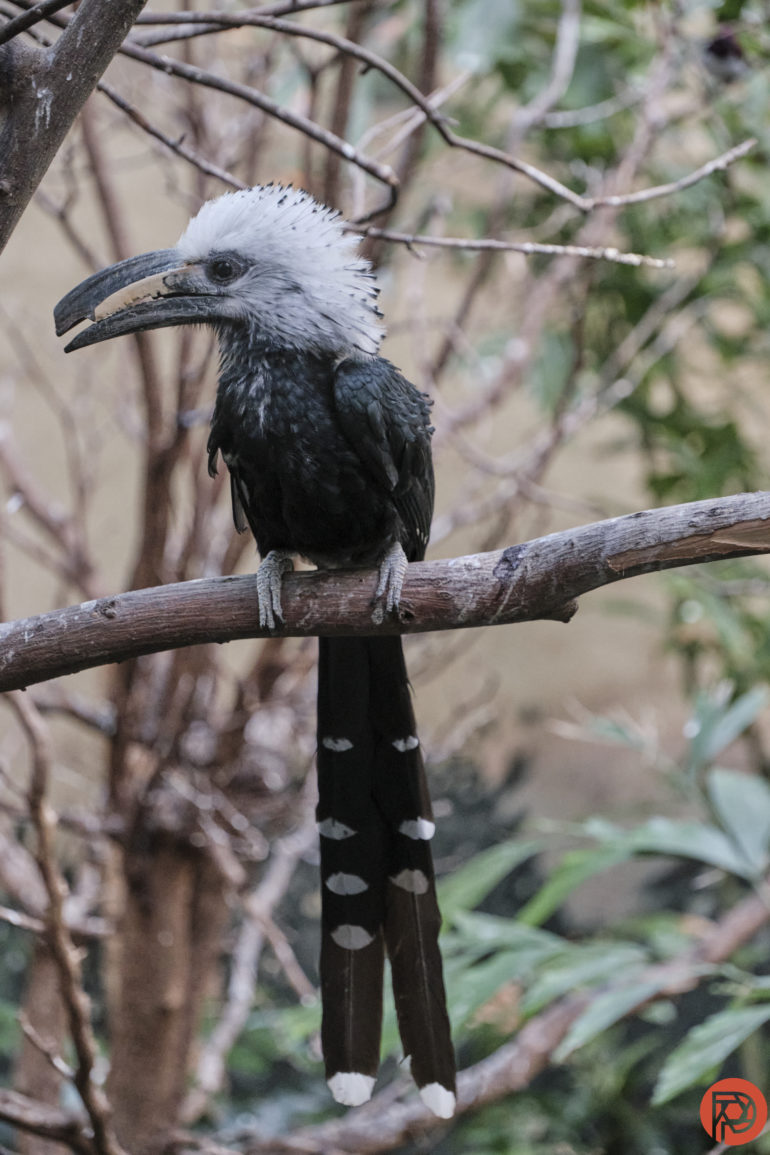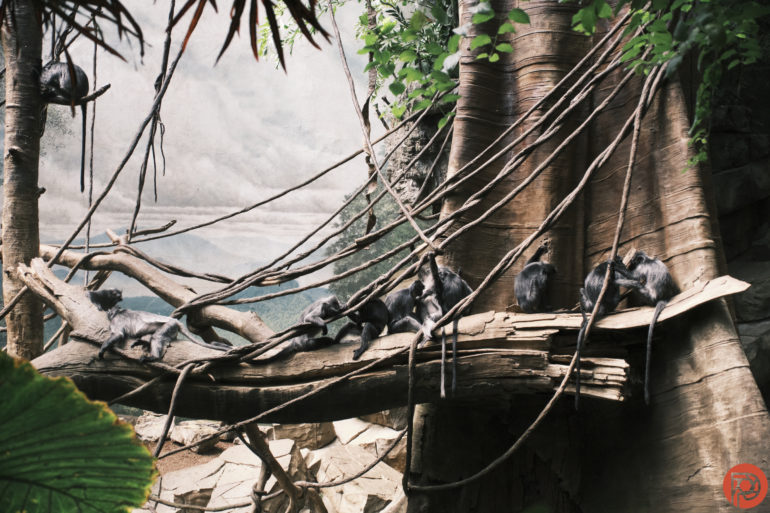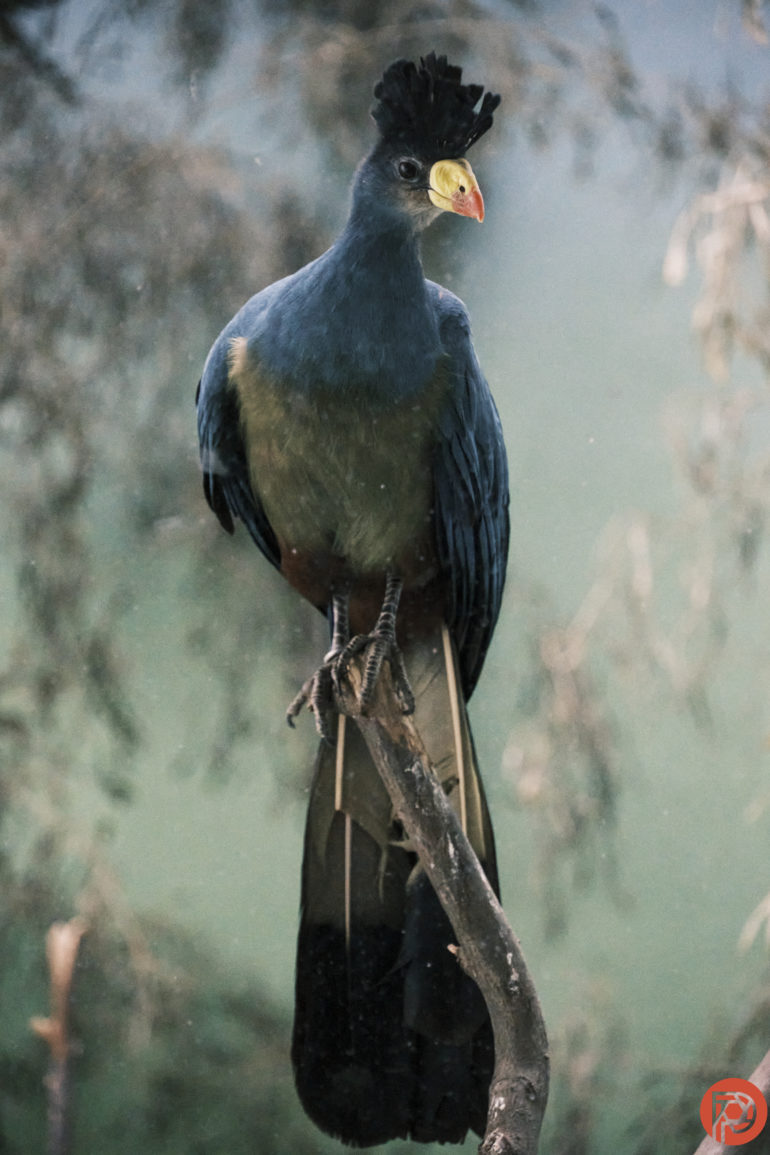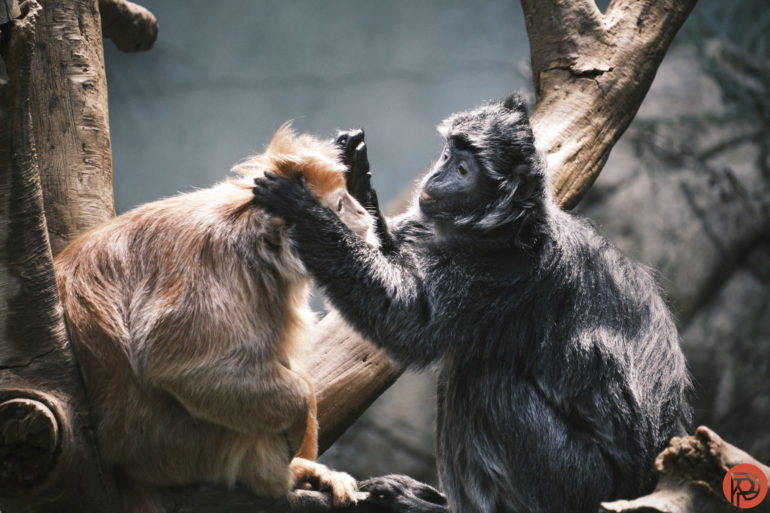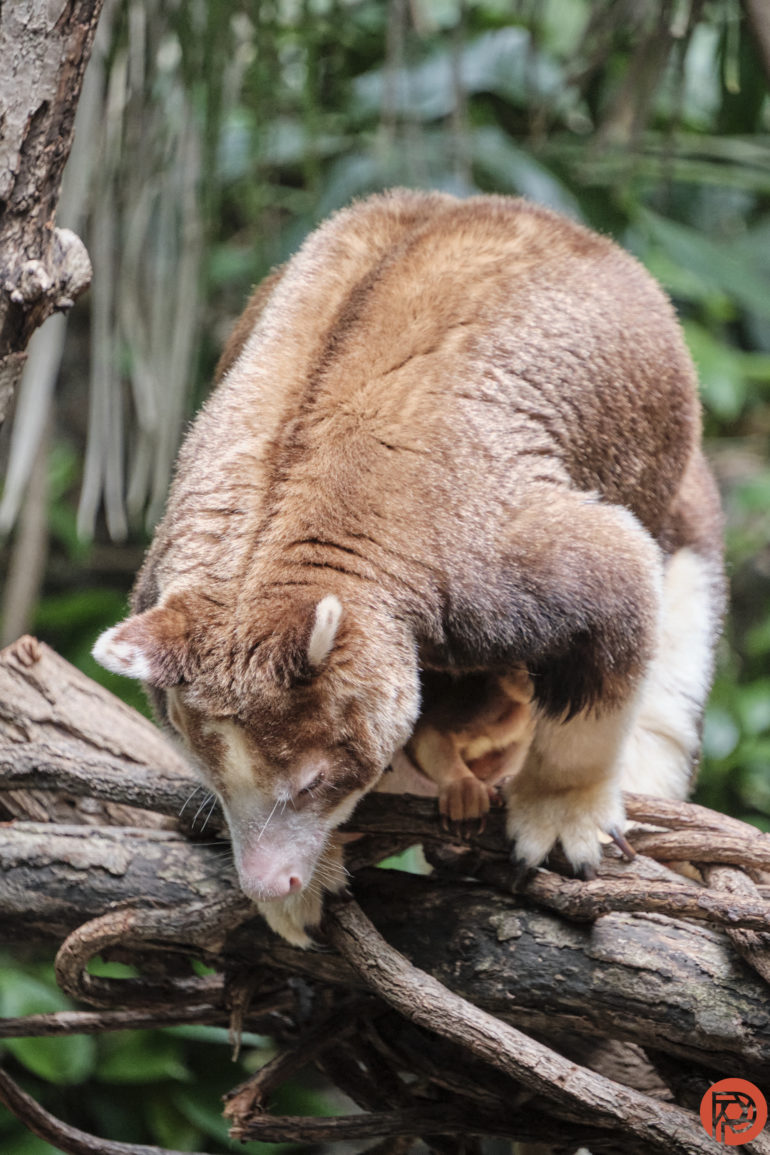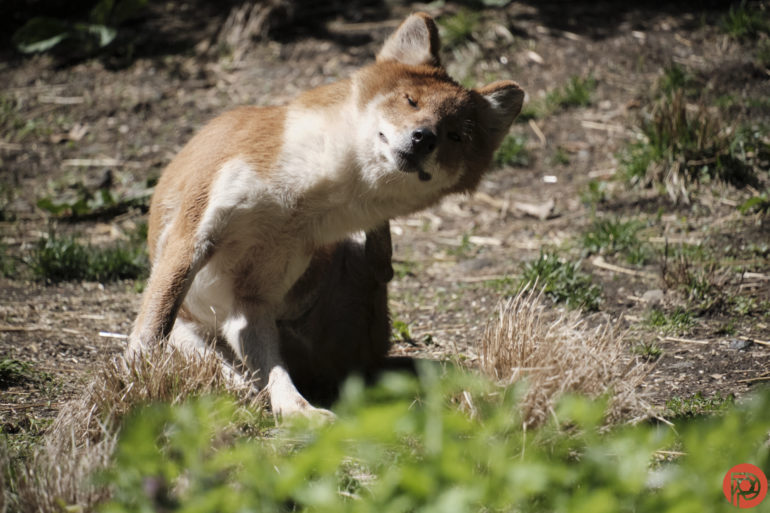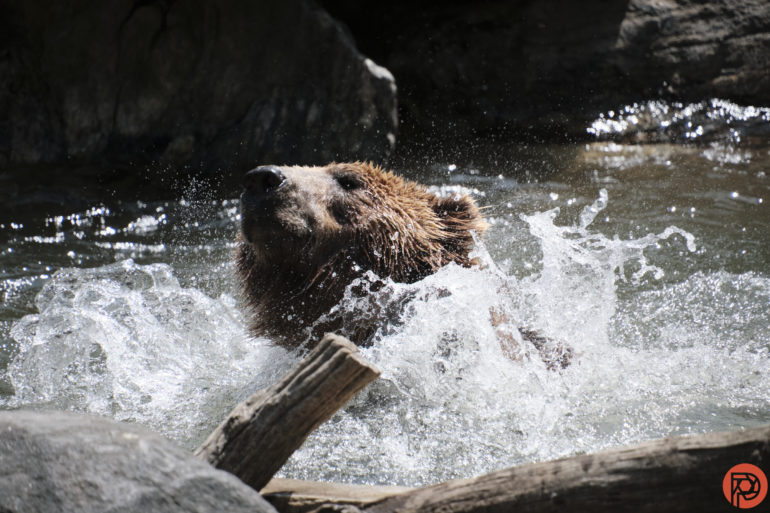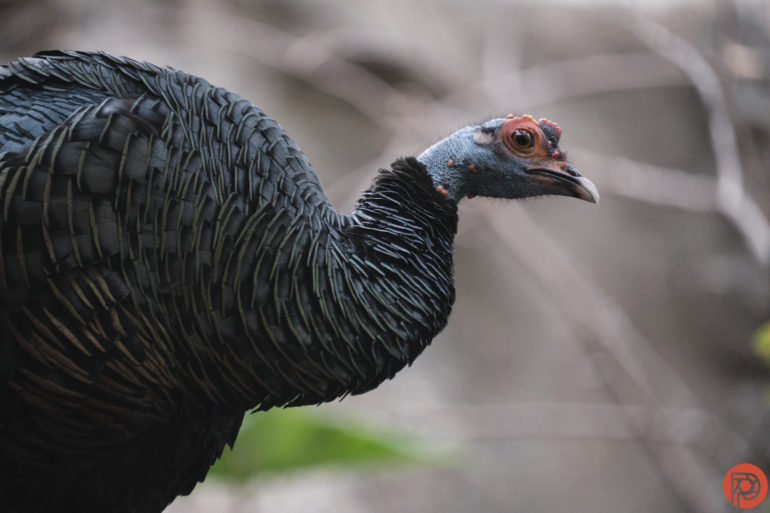Last Updated on 06/14/2022 by Chris Gampat
Have you ever come across breathtaking images of animals on Instagram or Reddit? If you’re a photographer, those photos are particularly inspiring. But we don’t always have access to the locations to shoot images of wildlife like those. So instead, you can head to the zoo! Tons of photographers walk around with big lenses for when something special happens with the animals. If you’re wondering how to take photos of zoo animals that are worth sharing on social media, we’ve got all you need here!
The Essential Gear
If you’re moving away from your phone, you’re probably wondering how to take photos of zoo animals that look like what you’ve seen in magazines or on the web. The gear we used was:
- Fujifilm X Pro 3: It’s lightweight, durable, and puts the controls exactly where you need them.
- Tamron 18-300mm f3.5-6.3 Di III-A VC VXD: This lens is image stabilized, weather-resistant, and has an incredibly versatile range. You can capture painterly photos one moment and intimate moments a few seconds later. Combine this with the cool things that make Fujifilm cameras unique, and you’re in for a treat! Better yet, it’s really affordable!
Autofocus Modes and Settings
Photographing animals at the zoo allows you to take lively photos that otherwise are very difficult to get. Many folks head to the zoo to do just that when the weather gets nice. With this in mind, Fujifilm doesn’t have the AI that other brands do for animal recognition. Instead, you’re going to be doing things a bit old school!
- Set the camera to the AF-C setting. This will ensure it’s continually looking for focus when it’s engaged.
- Set the focusing area to the smallest zone setting. On the Fujifilm X Pro 3, the smallest zone setting encompasses 9 autofocus points. Feel free to leave it in the center and pan with the animals or move it around for more refreshing compositions.
- Fujifilm Film Simulations: I tend to alternate between Classic Chrome and Astia. To get the colors they have, many of those vintage photos were shot on Chrome film.
- Raise the ISO. The Tamron 18-300mm f3.5-6.3 Di III-A VC VXD will give you an incredibly versatile range for photographing zoo animals. And the light is bound to change. Think of this like sports and start at ISO 1600. Sometimes you’ll need to go higher!
- Aperture priority. Usually, the animals won’t be moving around a lot. If they are, the higher ISO can help stop the fast-moving motion.
- White balance and Exposure preview turned off: the Tamron 18-300mm f3.5-6.3 Di III-A VC VXD can autofocus quickly with the X Pro 3. But it will be even faster with the exposure preview deactivated.
- Boost Mode: Fujifilm has a boost mode that makes everything go into hyperdrive. Specifically, it will make the autofocus go even faster. Bring extra batteries just in case.
How to Take Photos of Zoo Animals That Look Professional
Once you’ve got your settings dialed in, it’s 1a matter of reacting to the animals. There are some basics to consider first. For example, don’t underestimate the power of vertical compositions. Vertical images take up more real estate space on screens when you share them on social media. Combine that with the rule of thirds, and you’re probably going to have a photo folks will stare at for a while. The Tamron 18-300mm f3.5-6.3 Di III-A VC VXD has image stabilization which helps prevent the effects of camera shake here. And it also helps to shoot at the widest aperture available.
Photographing animals at the zoo combines aspects of wildlife photography, event photography, and street photography. With that said, I tend to keep the focusing points around one area for a while and compose my photos based on that area. Then after a while, I move them around. To do this, start off with the top right intersection of the rule of thirds. And, if it’s not working for you, then break the rules!
The Moments
Animals, like humans, have more intimate moments. The best tip I have on how to take photos of zoo animals is to dive deep into your own emotions. If you feel something, photograph it. If the scene in front of you isn’t making you feel something, then just keep observing and waiting. Sometimes it’s easier to see these moments as you look through the viewfinder. And this can all mean that you’ll be sitting there for a while. Thankfully, the Tamron 18-300mm f3.5-6.3 Di III-A VC VXD isn’t a heavy lens. And it lets you choose your composition carefully with its amazing 16.6X zoom range.
As crazy as this may sound, I sometimes look through the viewfinder and find moments that remind me of the best concert photography I’ve ever seen. I learned back then that some of those best moments are the intimate moments between a band member and the crowd. Interactions are worth every pixel.
Be Patient and Take Your Time
Once you find an animal you think is particularly fascinating, spend at least 10 minutes observing it through the viewfinder. Sometimes they’ll do cool things like stop to scratch, groom each other, stretch, play, etc. One of the biggest things to learn here is patience.
For Animals Behind Glass
Some animals are behind glass, and that can soften the photos. But the Tamron 18-300mm f3.5-6.3 Di III-A VC VXD is impressively sharp for being a superzoom lens. If you wish, use a Circular Polarizer filter to cut down on the glare from the glass. Otherwise, the Fujifilm X Pro 3 has a clarity setting built-in. You can also just embrace the look with the film simulation, post it to social media, and see what folks think.
Taking photos of zoo animals can be really fun. How they act is affected by different weather and times of day. Some animals have a personality that comes out more during feeding time. If someone were to ask me how to take photos of zoo animals, I’d say to get in touch with your own emotions. Animals, like humans, feel things, but they typically communicate in a non-vocal way using body language. So even if we don’t understand them, they can still put on a photogenic display for us; we just have to pay attention to them. Have fun taking photos at the zoo!
This piece is presented in partnership with TAMRON. We’ve already independently and ethically reviewed all the products in this post without sponsorship. And we worked with them to recommend a few key gems to you.


